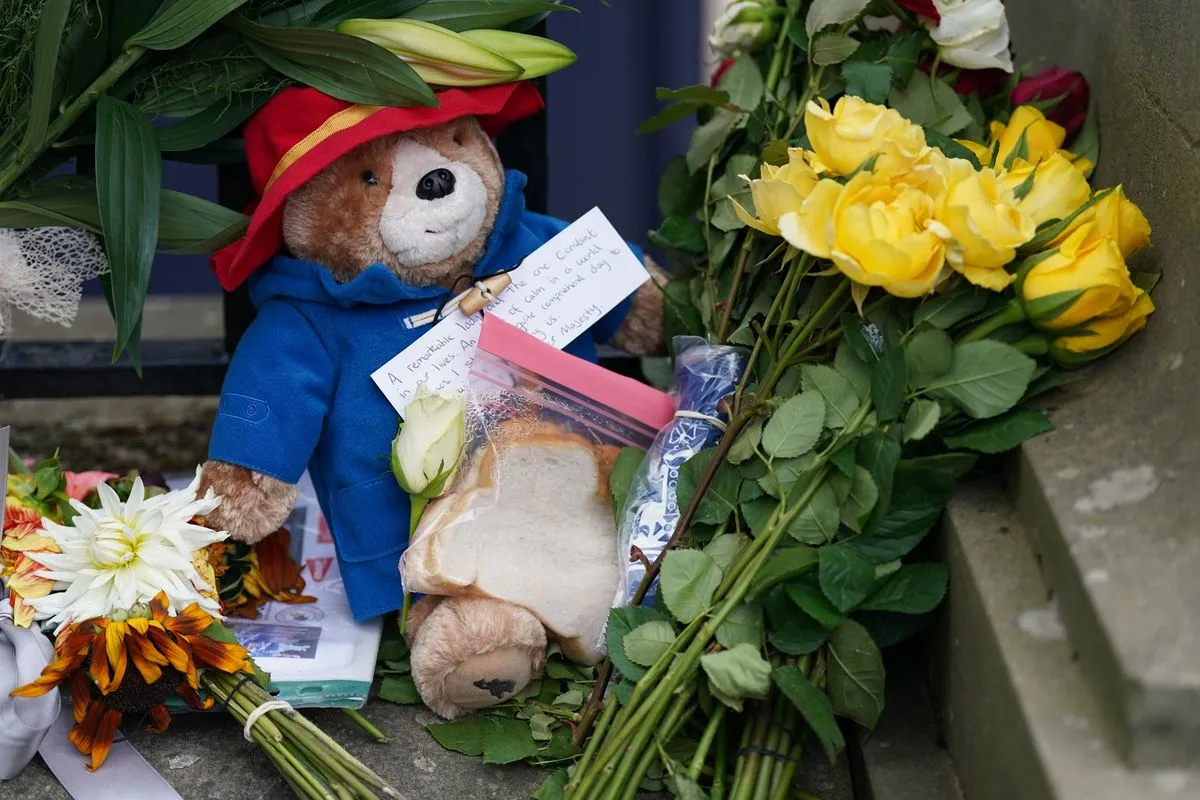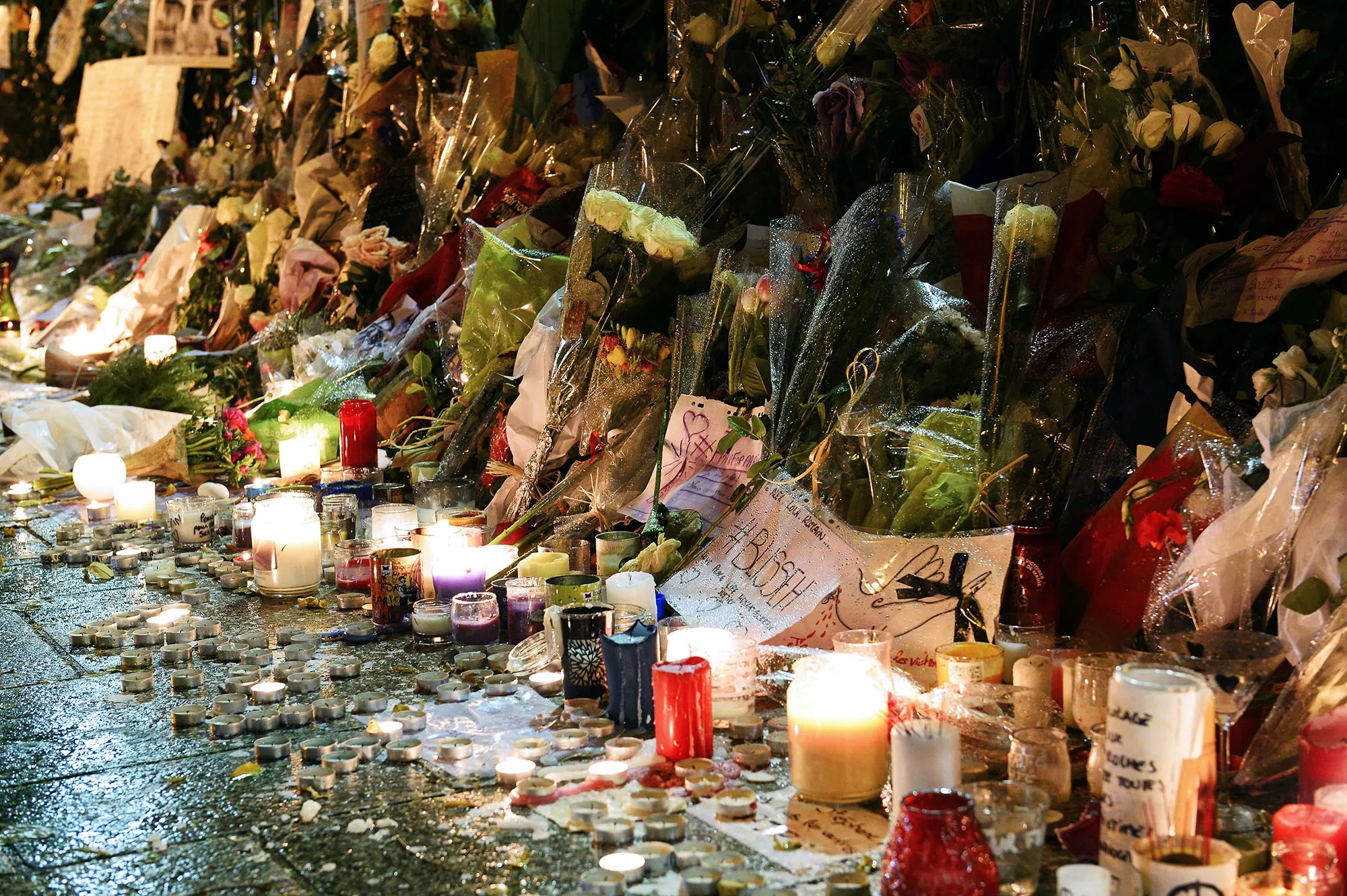
Collection management
At the spontaneous memorial site
Click below for an interactive image of a spontaneous memorial site. By hovering over the ⓘ icons, you can learn more about the different types of objects typically left, their cultural or emotional significance, and practical advice for managing them during the collection process. This tool is designed to support practitioners and organisations who may be involved in the care, collection, or interpretation of spontaneous memorials.
Collection Management
Collection Management Tool
Our decision-making tool is designed to guide practitioners through the various stages of collecting spontaneous memorials. Following a series of questions, you will be able to generate a checklist of tasks and browse tailored resources to support your planning.
Guidance and support
The National Archive hosts an online guide to help you decide whether or not to collect following an unprecedented or unforeseen situation or event. Their resources on what to do in the first few weeks provides you with a range of excellent tools and advice.
Questions you need to consider before collecting
Pam Schwartz, Thinc Design, USA
The rewards & challenges of collecting
Pam Schwartz, Thinc Design, USA
Stakeholder Mapping
Stakeholder mapping helps you identify and understand the value of all relevant voices who may have emotional or professional stakes in the collection. Including families, communities, governing bodies, donors and users.

Identifying stakeholders
This resource helps identify the different people and groups you need to work with, including governing bodies, contractors and volunteers.

Engaging with stakeholders
This resource helps you to identify and map out when, where and how to engage with your stakeholders.
Case Study
A timeline of events and actions taken by the Manchester Together Archive since the Manchester Arena bombing on 22 May 2017.
Sharing experiences and decision processes is a good way to learn more about the scope and possibilities of working with spontaneous memorial collections. Of course, not everything here will be relevant or possible for the work you do, but there is still value to be found in sharing.
Journey Mapping Survey
This survey can be completed at two points in the framework – during the plan phase, when perhaps you are still new to this work and establishing your collection; and during the heal phase, after some time has passed and you find yourself in a position to reflect on some of the earlier decisions you and your team made. If you complete this survey in this way, you will hopefully reveal some interesting correlations between how you felt in the moment and how you feel now – this will enable you critically reflect on the practicalities of working with spontaneous memorial collections and to determine what worked well in the context of your own case and what didn’t. These results can be used for your own personal reflection or they can be used in groups to spark interesting discussions about how you might respond in the future, if faced with similar work.
Data Protection: Your responses are collected using Google Forms, which uses end-to-end encryption to keep your data secure. The only personal information requested is your email address, which will be used to send you a copy of your results. Please note that your data is retained by us for a period 24 months (for research and evaluation purposes) before being permanently deleted. If you have any questions about how we store your information, please contact us here. Thank you for taking the time to complete our survey.
